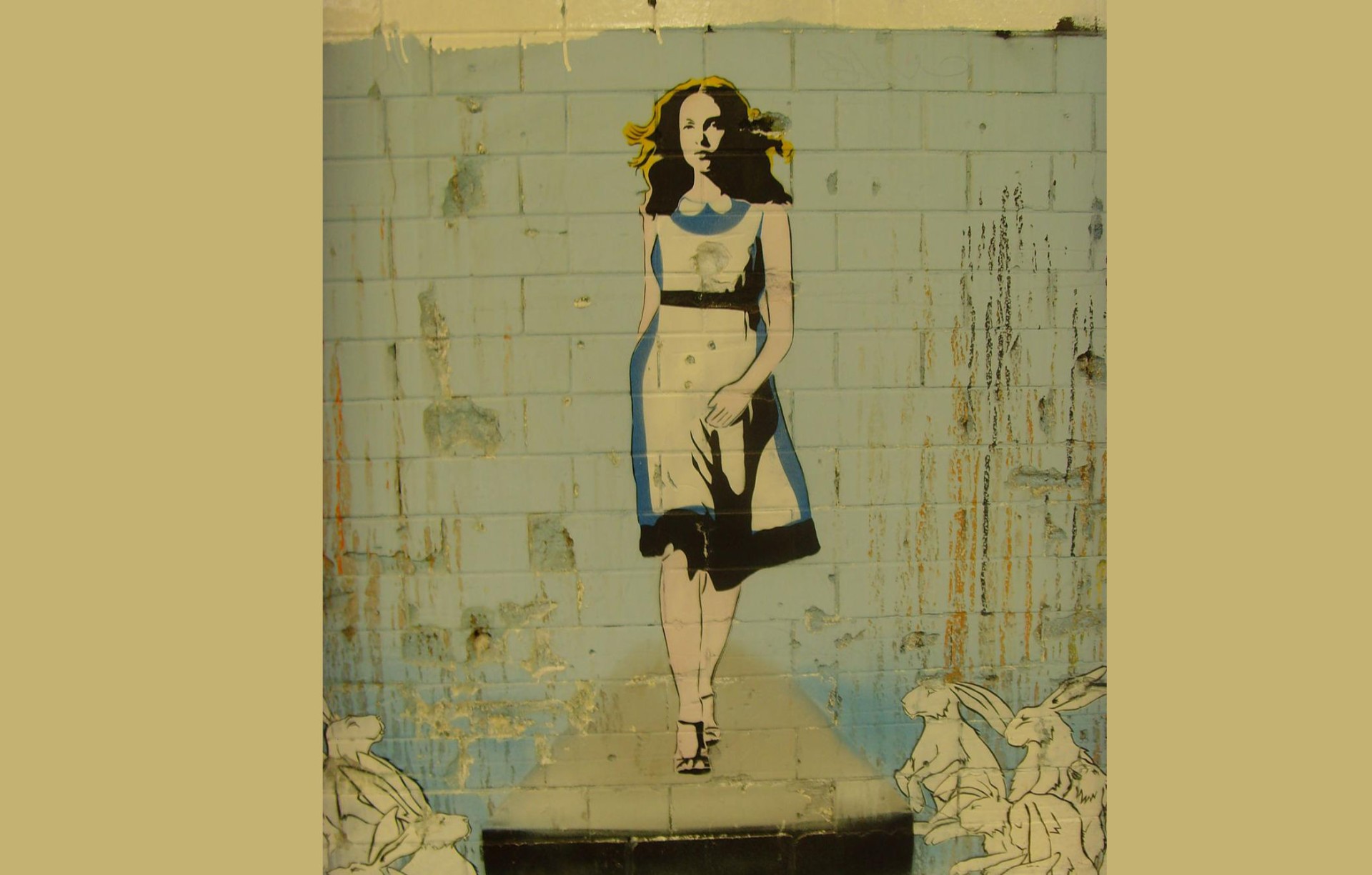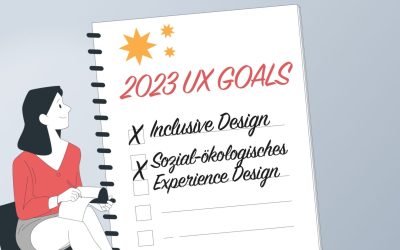We recently worked on a project in which we were asked to create landing pages for marketing messages that would generate active users for a web service. The target group was a very diverse group of consumers. Frankly speaking, a typical advertisement gig. While working on the project we felt we were doing something different than usual but could not pinpoint what exactly this was. We just knew there was a new flavour in town, an additional ingredient in our work process. Then we stumbled upon an article the other day about what designers type A can learn from designers type B and it hit us! The new spice we had tasted was a work process from a different creative area. Without knowing it at the time we were applying innovative writing methods to our project.
Inhaltsverzeichnis:
UI Designers in Advertisement Land
As Interaction and UI designers, we insist on the necessity of „the big picture“. In fact, we are quite anal about it. This means that we never ever head into a project ready to pump out those visuals. We always start with taking a step back to have a good long look, even if you hit us with a pretty straightforward list of to-dos and deliverables. We just can’t help ourselves. We do this because we know that 10 minutes of thinking can save time in the long run and prevent lots of things like the frustration of endless revisions or repetitive and boring tasks that should be done by robots, not humans (sorry Rupert!).
So while we stood back, admiring the view we noticed repetitive patterns within the deliverables. We decide to call these patterns communication items. The communication items varied in their form of expression, depending on which target group or use case was currently addressed but they were all the same item. They were bits of information that we could arrange in groups. These groups were the communicational goals.
Group arrangement for a running shoe (example)
| Communication items | Form of expression | Communication goal |
|---|---|---|
| The product and the company | Logo / brand name / product name | Get the name and brand out there. |
| What we offer/what the product does | – is light – looks good – gives support – quality … | Explains what the product does. |
| Target group need | – an athlete – male/female runner – street style fashionista … – a specific need | Defines the target group we are talking to and what their needs are. |
| The benefit of the product | example for the athlete: – more comfort for long-distance – support in the right areas – takes you further | Explains how the product can help with these needs. |
| CTA (Call to Action) | – Why waste time? – Buy it today and have it in time for your next training session. | The campaign goal. |
After we had arranged the various forms of expression in the communication goal groups we put them into an IA design context and found structural patterns for each communication item, which varied depending on the target group and use case. Next up was the visual for each form of expression and then the job was finalized with a style guide. So the outcome of the project, the media we delivered was quite similar to what we deliver when we work on projects that are not within Advertisement Land. What differed, however, was the process of the content arrangement. When building websites or apps we obviously have content groups as well but here we were dealing with an additional layer: different forms of expression, depending on different users.
The narrative structure and how to learn from creative writing
Imagine you are a creative writer and want to start work on your new story. Let us say the story is a fairy tale. You know exactly what type of story is meant when you read the words „fairy tale“ because it is a genre of literature and each genre follows certain rules: the narrative structure. A classic fairy tale will always have certain characteristics. It will be an imaginary story without temporal and geographical limits in which a hero will triumph and his nemesis (the bad guy) will not. The many, many fairy tales we know show that you can get pretty far with the same narrative structure without compromising entertainment value. But what does this have to do with us?
When taking a step back at the beginning of the project we first noticed the communication items and their forms of expression. These were the characteristics of our narrative structure, the narrative structure of our genre „advertisement campaign“. As we were producing interactive media and not static books we were able to create different versions of our story, which expressed themselves in various wireframes options and GUI patterns for the different forms of expressions. A certain fairy tale might appeal only to a certain audience but when choosing to express the form differently the same narrative structure can work for many different audiences. The story of a young man, with superhuman powers, who fights and defeats an overpowering opponent can have a form of expression that can be found in an old saga as well as a form that can be found in a modern-day sci-fi film series. Both stories share the same narrative structure but speak to a completely different target group.

If it works for creative writing…
….why shouldn’t it work in digital advertising?
We are used to working with wireframes, GUI patterns and their libraries. We use these tools to order content and create consistent designs that enable an enjoyable experience without interruption. When speaking to a broad audience about the same product we can, however, take it a step further and individualize the experience to even fit niches within the target group or even wacky use cases. If the message is as brief as in an advertisement campaign boiling down the information to the bare minimum, the communication goal of a communication item will be well invested time.
This is especially helpful if there will be a high demand for the output of the same or similar media. In our project, this did not only benefit the IA and UI designers but also the copywriters and marketing managers as well as the communication strategists. The message was clear and everyone knew what the forms of expressions had to pay into.
The most important lesson we learnt during this whole experience and reflection is, however, that we as designers can not only learn from other designers but also from any form of creative production. Even if the creative field seems to have a completely different output there might be work processes in there somewhere that we as UI designers can also benefit from. So we will be keeping our eyes open and who knows, maybe our first question in our next project will be „What would Alvin Ailey do?„.
photo credit:
Alice: mermaid99 via photo pin cc





